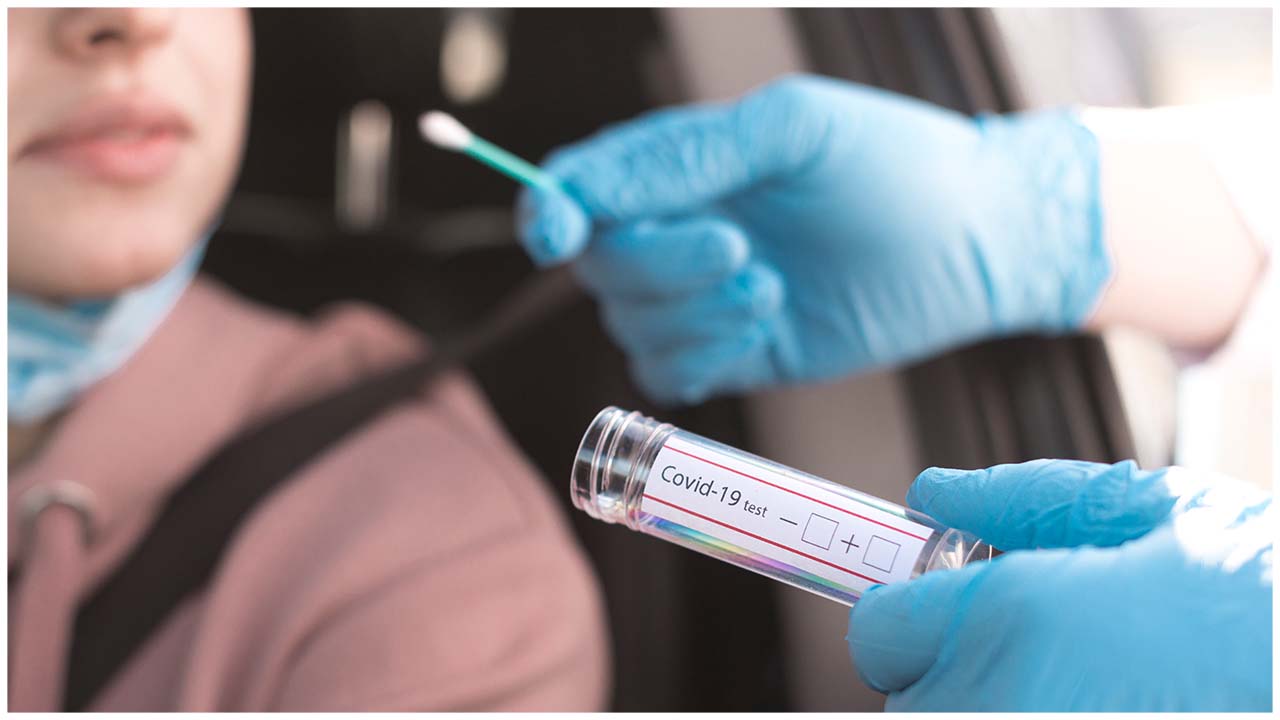New modelling research, published in The Lancet Global Health journal, estimates that it could cost low- and middle-income countries (LMICs) around US$52 billion (equivalent to US$8.60 per person) over four weeks to provide an effective health-care response to COVID-19, assuming each country’s reproductive number (average number of contacts that a case infects) remained unchanged .
However, the sizeable costs of a COVID-19 response in the health sector are likely to escalate if transmission increases—rising to as much as US$62 billion (US$10∙15 per person) over four weeks under a scenario where current restrictions are relaxed and transmission increases by 50%.
This compares to the US$4.5 billion each year (equivalent to 65 cents per person) that the Commission on a Global Health Risk Framework for the Future recommended the world spend on pandemic preparedness in 2016—with most of this investment designated for upgrading public health infrastructure and capabilities in LMICs .
The authors caution that given each country’s reproductive number was fixed for the analysis, the ability of individual-level measures (eg, contact tracing, quarantine, use of cloth masks) to slow transmission of the virus was not taken into account, so the true costs for countries could be lower.
“The costs of a COVID-19 response in the health sector will escalate, particularly if transmission increases”, says Dr Agnès Soucat, Director of the Department of Health Systems Governance and Financing at WHO, Switzerland. “So instituting early and comprehensive measures to limit the further spread of the virus will be vital if we are to conserve resources and sustain the response.” [2]
“Given the lack of pandemic preparedness in low- and middle-income countries, and the limited resilience of their health systems, major investment will be needed to counter the COVID-19 outbreak—reflecting the constrained health capacity in countries which are facing a virus that has spread and established itself”, says co-author Dr Lucy Boulanger from WHO, Switzerland. “The arguments for investing in preparedness are strong, juxtaposed against this massive price tag for the response to COVID-19, and coupled with the expected shock on the global economy.”
In February 2020, WHO outlined the priority public health measures required by countries to counter the COVID-19 pandemic in the Strategic Preparedness and Response Plan.
In this study, researchers modelled the future health-care costs of the full response plan to counter the COVID-19 outbreak in 73 LMICs (accounting for 93% of the total population in LMICs) under three scenarios—the status quo in which current measures to restrict movement and ensure physical and social distancing continue so transmission levels are maintained; and under scenarios where restrictions are relaxed and transmission is increased by 50%, or when public health and social measures are intensified and transmission is decreased by 50% (table 2).
The number of COVID-19 cases were calculated from June 26, 2020, for each of the three scenarios over four weeks (ie, until July 24) and 12 weeks (until Sept 18), using an SEIR model—which captures the rate that people move from states of being susceptible, to exposed, to infected, and to recovered.
The researchers then modelled the cost of healthcare staff, equipment (eg, personal protective equipment, diagnostic tests), and infrastructure (eg, upgrading laboratories for diagnostic testing, establishing field hospitals to treat COVID-19 patients) that would be accrued by implementing the actions in the strategic response plan.
The total health-care costs for the COVID-19 response in the status quo scenario were estimated at around US$52 billion over four weeks, or US$8∙60 per person. This amounts to around 20% of the health expenditure in low-income countries in 2017 (of US$41 per capita for a whole year).
For the decreased or increased transmission scenarios, the totals were about US$33 billion (US$5.42 per person) and $62 billion (US$10∙15 per person), respectively .
Over 12 weeks, the costs are projected to triple under the status quo (US$154 billion) and increased transmission scenarios (US$197 billion), and to reach around US$52 billion in the decreased transmission scenario. The similarity in the price tag of the status quo scenario for 4 weeks and the decreased transmission scenario for 12 weeks highlights the importance of working to reduce virus transmission and contain the cost of the response, researchers say.
The main cost drivers were clinical case management (54% overall cost; eg, field hospitals, biomedical equipment, drugs, safe burial teams), maintaining essential services (21%; eg, coordination teams, salaries, outreach teams, rented ambulances), rapid response and case investigation (14%; eg, contact-tracing teams), and infection prevention and control (9%; eg, protective equipment, masks, hand-washing stations).
“Our results emphasize that critical components of health systems need to exist when an outbreak occurs – including healthcare staff, laboratories, and mechanisms for coordination – as these are essential to deliver an effective response”, says Dr Tessa Tan-Torres Edejer who led the research. “More work needs to be done at the country level to identify gaps in both preparedness and response for this and future pandemics.”
The authors note several limitations, including that the analysis did not include isolation, quarantine, or waste management costs, and the use of international market prices without freight, insurance, and import tariffs might also underestimate costs.

 Massive price tag of COVID-19 response in 73 low- and middle-income countries underscores benefits of investing in pandemic preparedness
Massive price tag of COVID-19 response in 73 low- and middle-income countries underscores benefits of investing in pandemic preparedness











.jpeg)

.jpeg)










.jpg)




.jpg)

